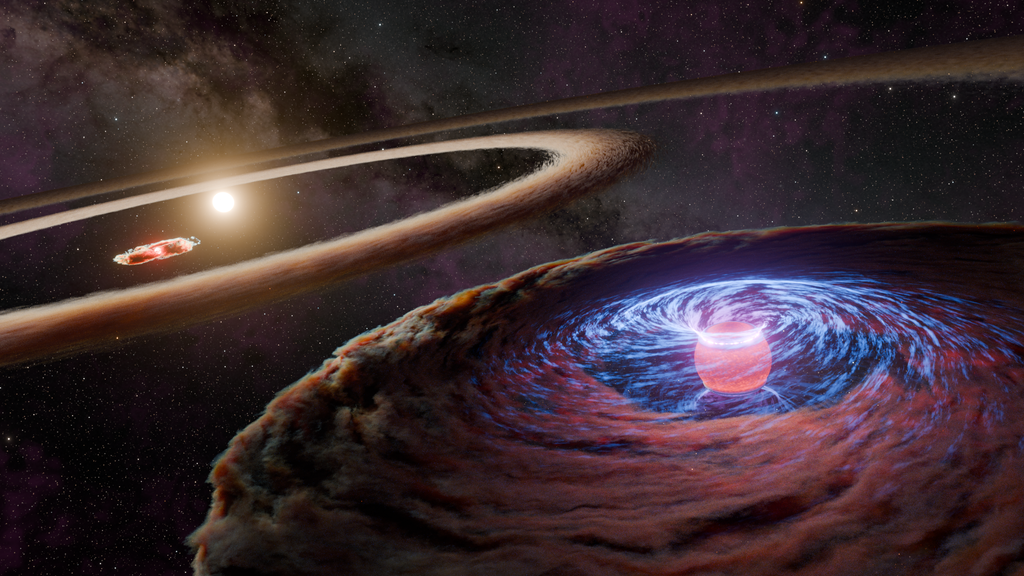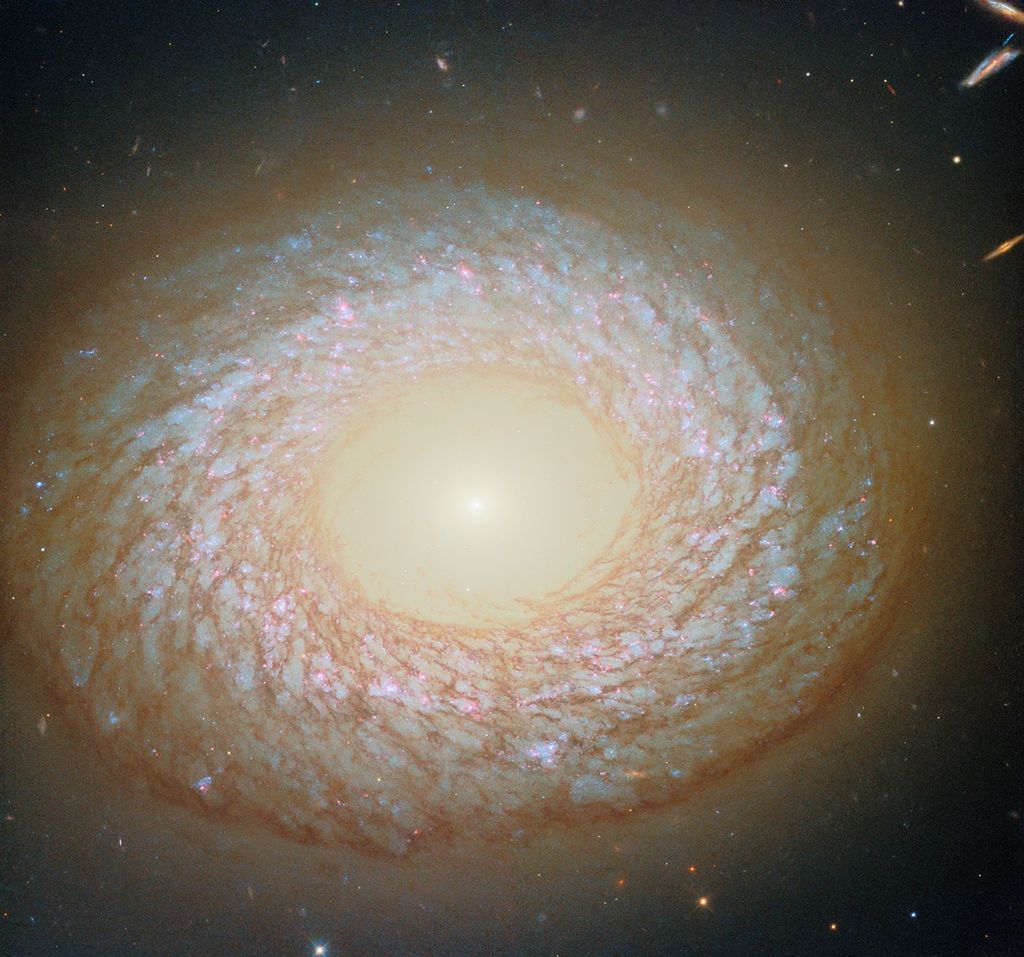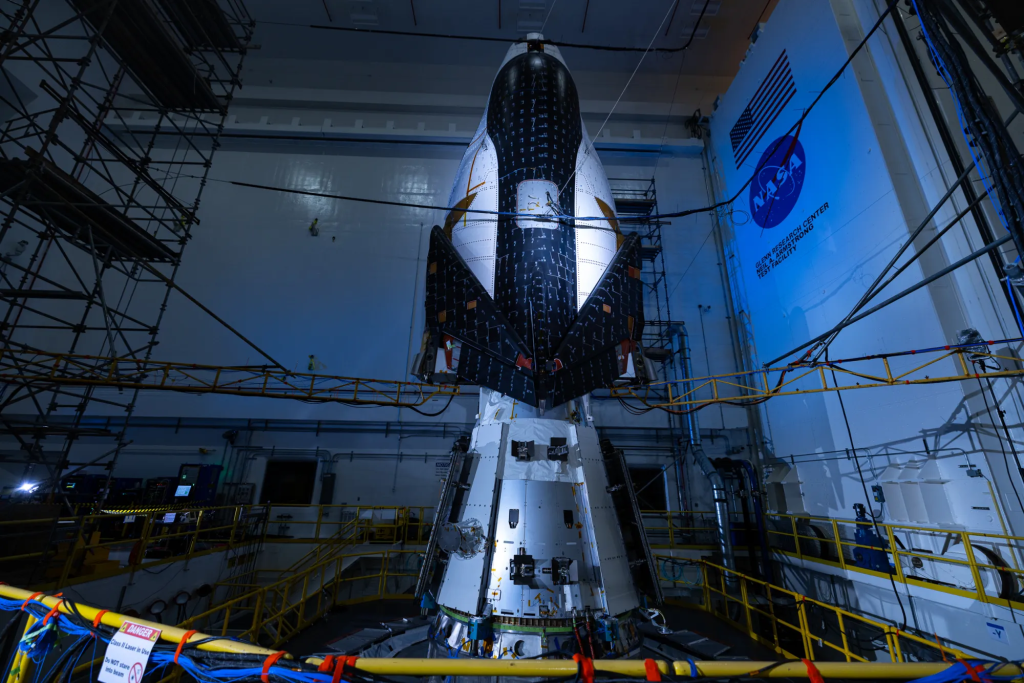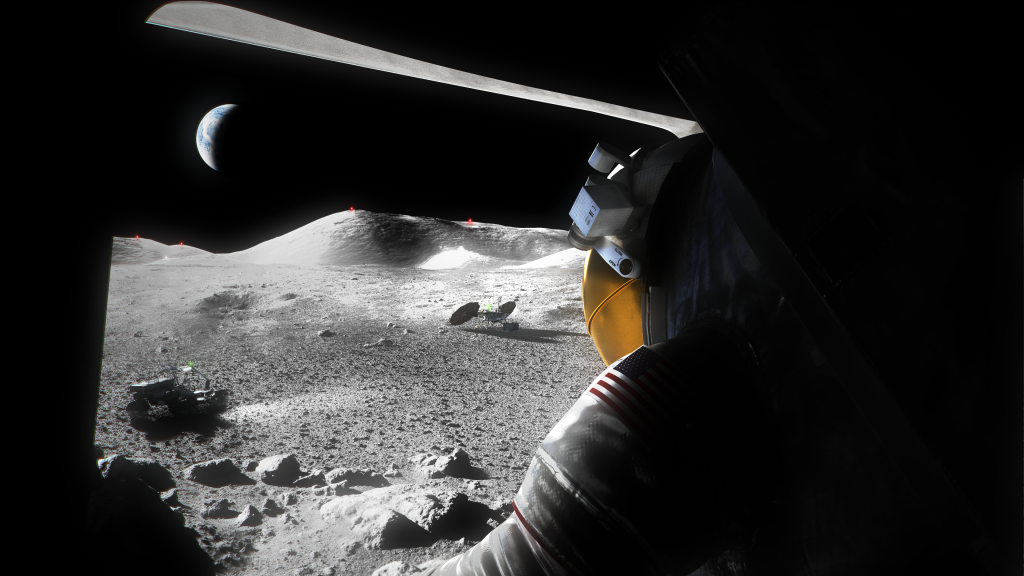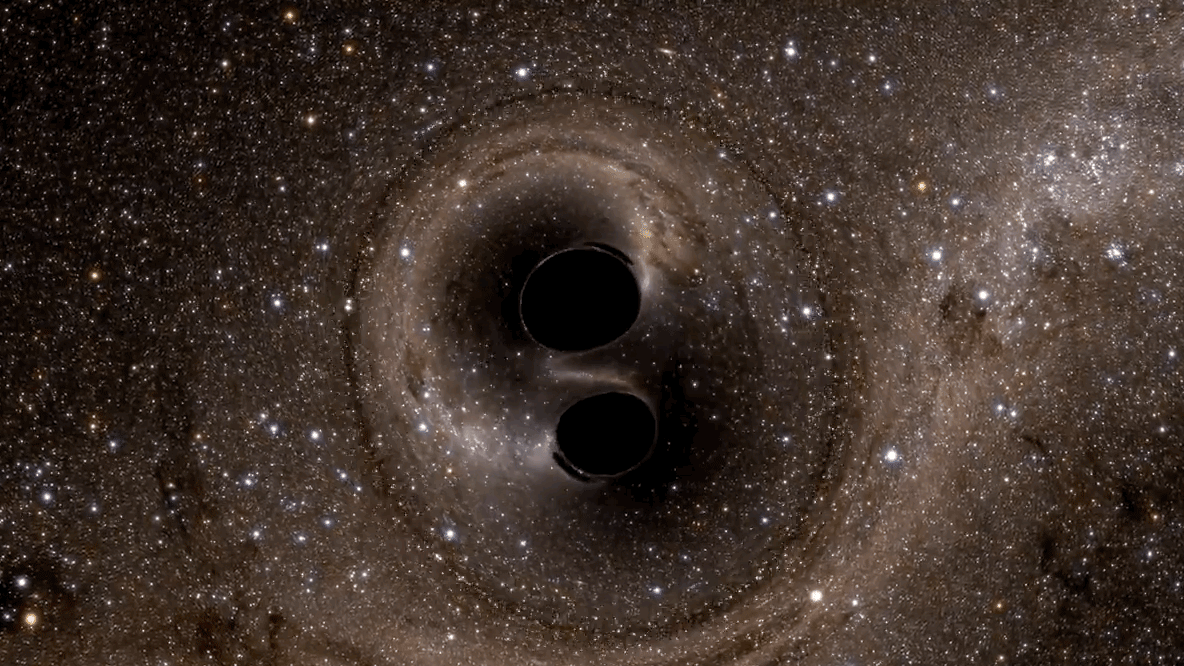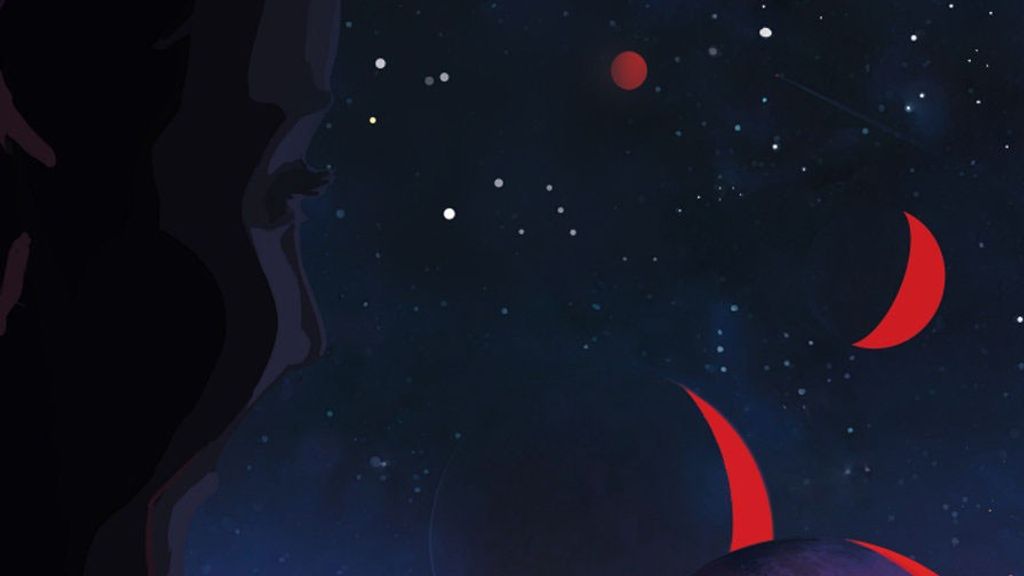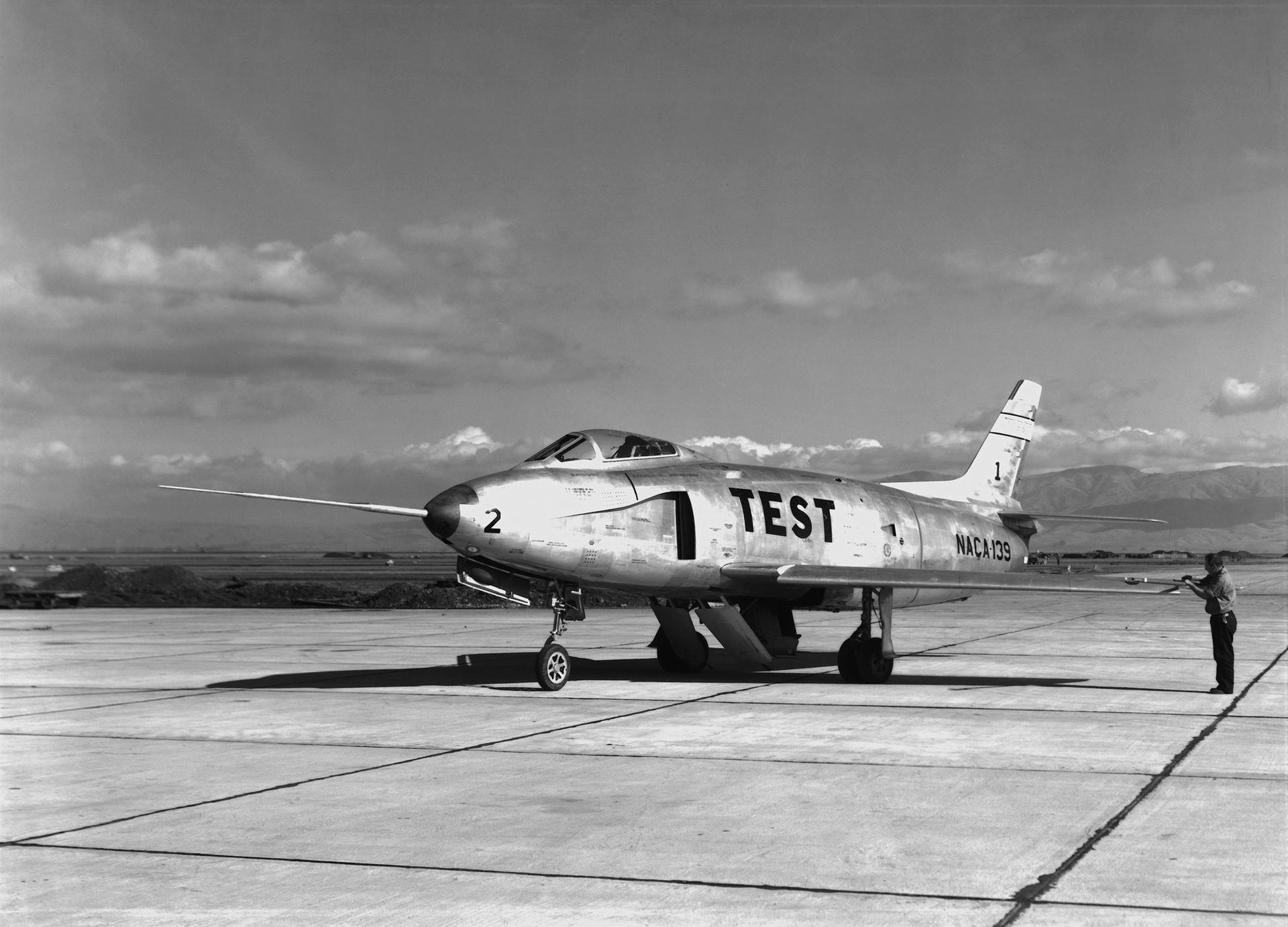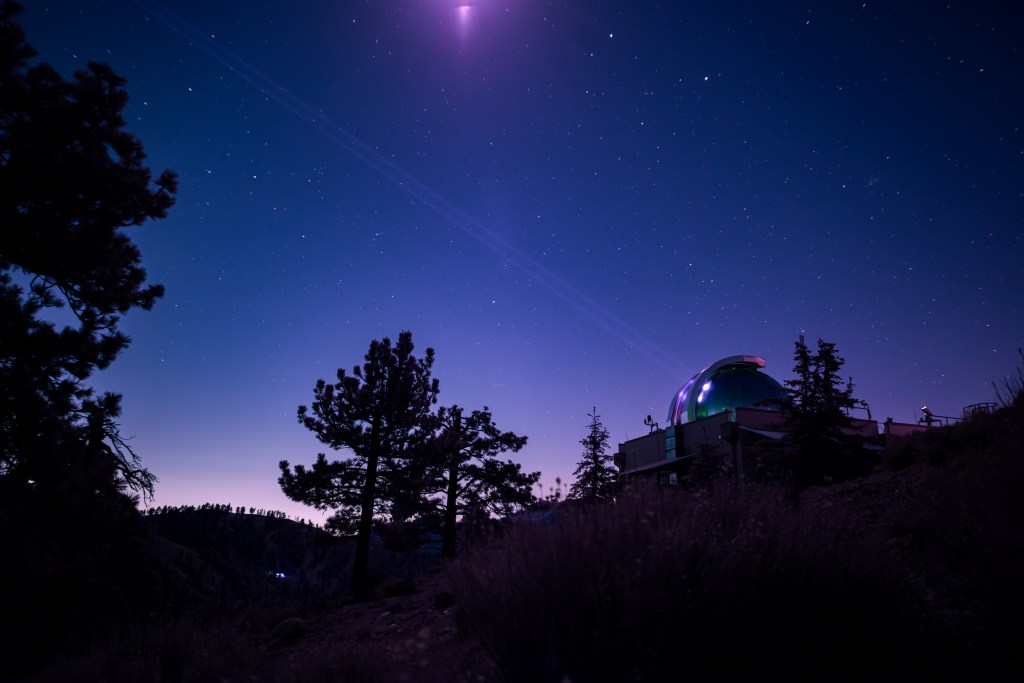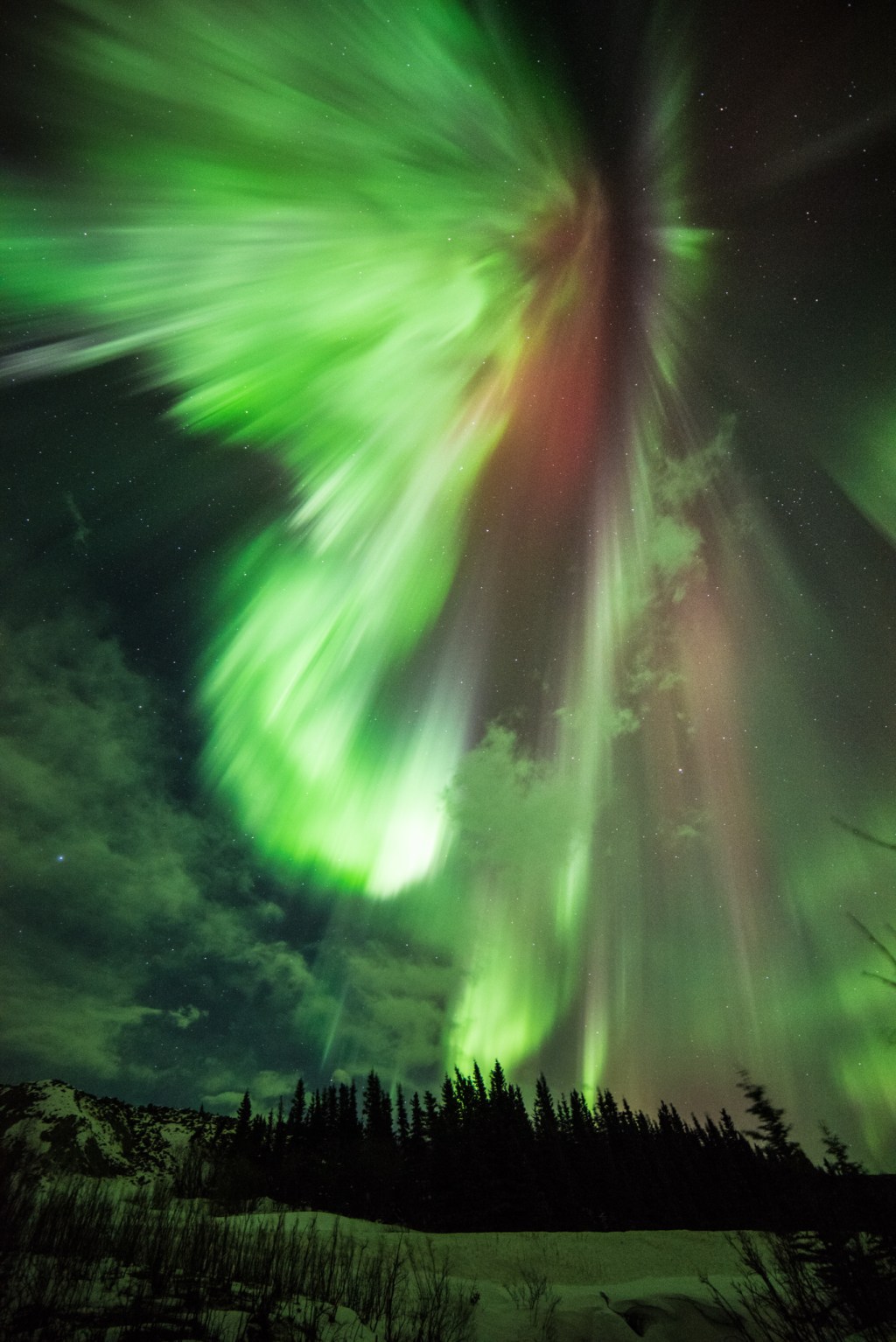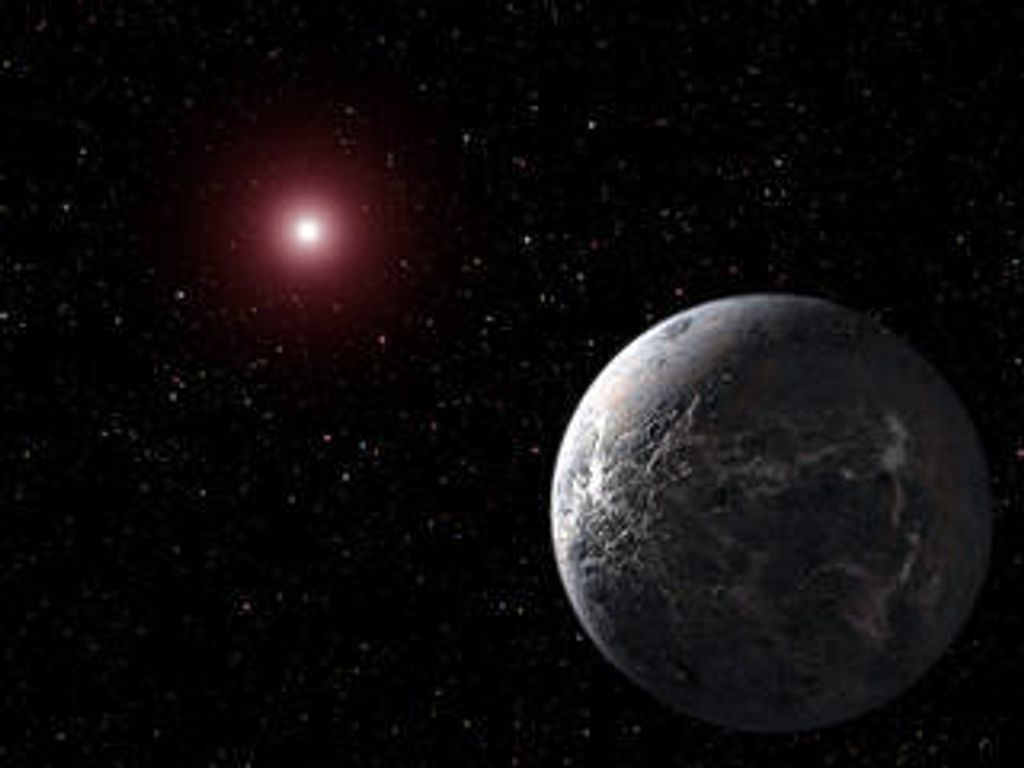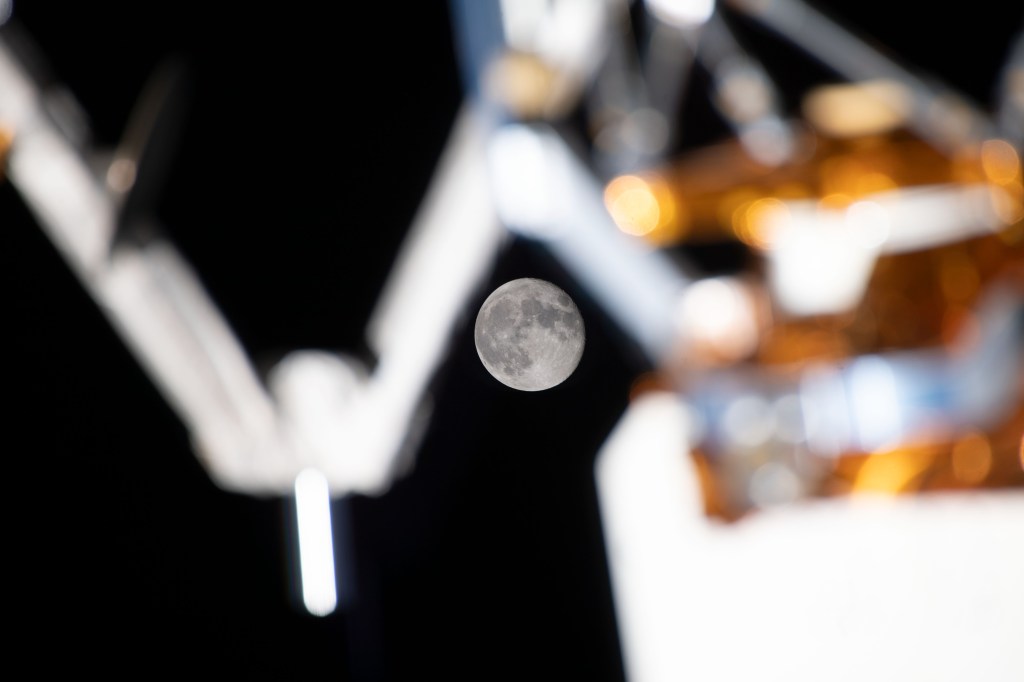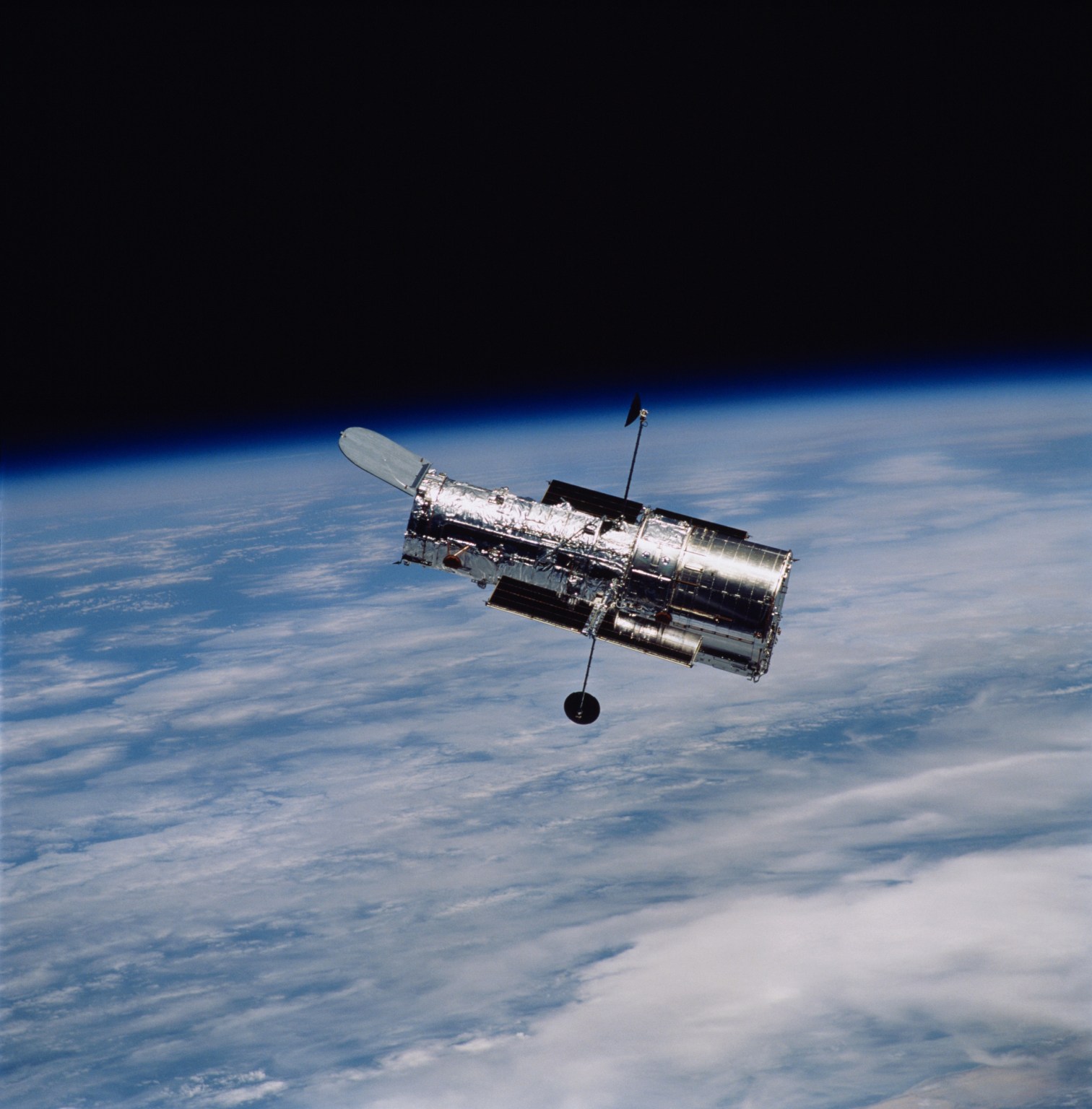1 min read
Hubble Finds Rare Progenitor to a Supernova
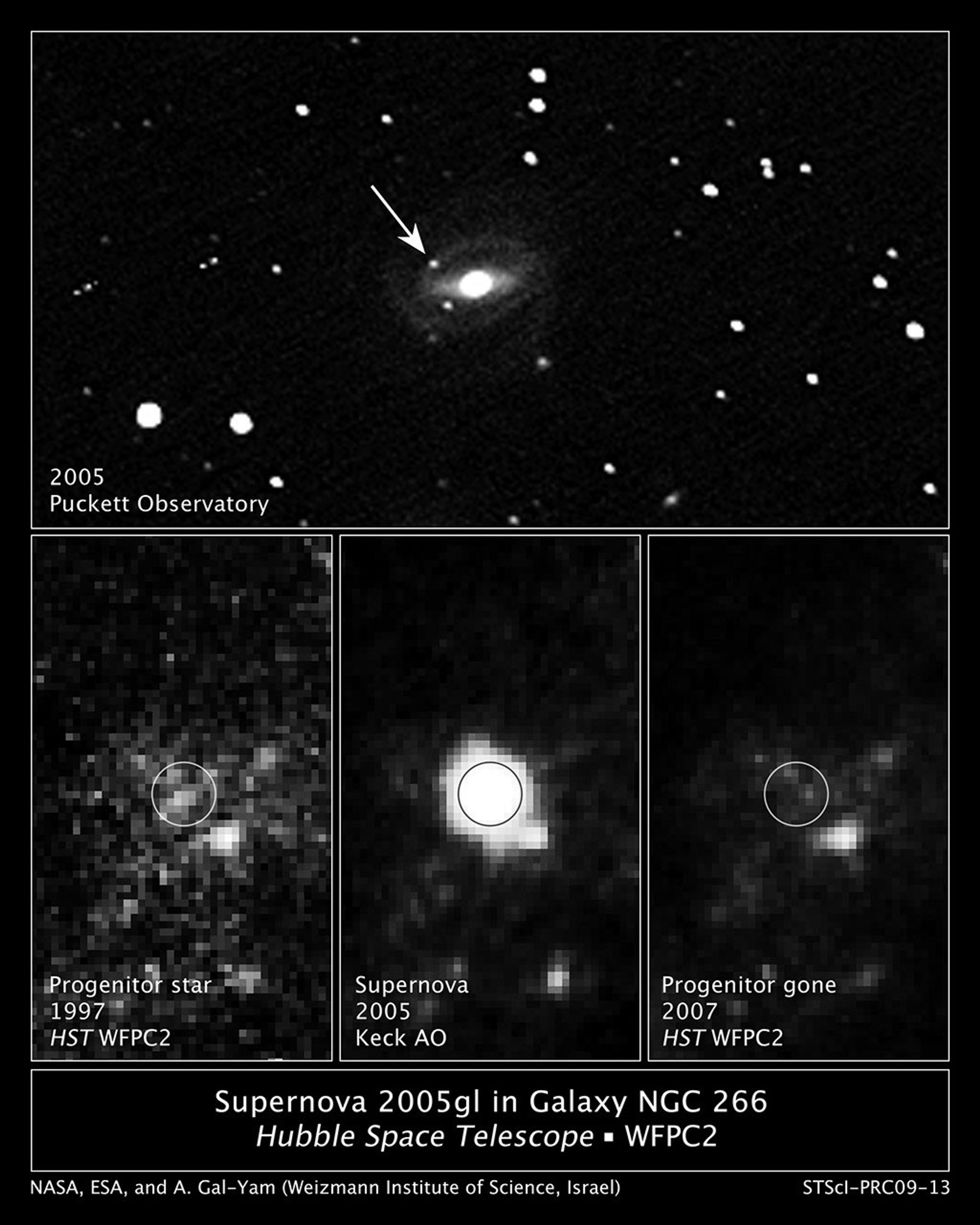
Archival photographs from NASA's Hubble Space Telescope have been used to uncover the progenitor star to a supernova that exploded in 2005. To the surprise of astronomers, the progenitor is a rare class of ultra-bright star that, according to theory, shouldn't explode so early in its evolution.
[Top] This is a 2005 ground-based photograph of the supernova as seen in host galaxy NGC 266, located in the constellation Pisces.
[Bottom Left] This is a 1997 Hubble archival visible-light image of the region of the galaxy where the supernova exploded. The white circle marks a star that Hubble measured to have an absolute magnitude of -10.3. This corresponds to the brightness of 1 million suns (at the galaxy's distance of 215 million light-years).
[Bottom Center] This is a near-infrared-light photo of the supernova explosion taken on Nov. 11, 2005, with the Keck telescope, using adaptive optics. The blast is centered on the position of the progenitor.
[Bottom Right] This is a visible-light Hubble follow-up image taken on September 26, 2007. Note that a bright source near the site of the supernova can be seen in all three panels, but the progenitor star is gone. The Hubble pictures from both epochs were taken with the Wide Field Planetary Camera 2.
About the Object
- R.A. PositionR.A. PositionRight ascension – analogous to longitude – is one component of an object's position.00h 49m 50.01s
- Dec. PositionDec. PositionDeclination – analogous to latitude – is one component of an object's position.32° 16' 56.79"
- ConstellationConstellationOne of 88 recognized regions of the celestial sphere in which the object appears.Pisces
- DistanceDistanceThe physical distance from Earth to the astronomical object. Distances within our solar system are usually measured in Astronomical Units (AU). Distances between stars are usually measured in light-years. Interstellar distances can also be measured in parsecs.215 million light-years or 66 megaparsecs
About the Data
- Data DescriptionData DescriptionProposal: A description of the observations, their scientific justification, and the links to the data available in the science archive.
Science Team: The astronomers who planned the observations and analyzed the data. "PI" refers to the Principal Investigator.Hubble images (bottom-left and bottom-right): These images were created from HST data from proposals 6837: L. Ho (Carnegie Institution of Washington), A. Filippenko (University of California, Berkeley), and W. Sargent (California Institute of Technology); and 11105 A. Gal-Yam (Weizmann Institute of Science, Israel).
The science team for SN 2005gl comprises: A. Gal-Yam (Weizmann Institute of Science, Israel) and D. Leonard (San Diego State University). Keck image credit (bottom-center): A. Gal-Yam (Weizmann Institute of Science, Israel), D. Leonard (San Diego State University), and D. Fox (Pennsylvania State University).
Note: The Keck data were obtained using the Near Infrared Camera 2 (NIRC2) behind the laser-guide-star-assisted adaptive optics system at the Keck II telescope in Mauna Kea, Hawaii, on November 11, 2005. Galaxy NGC 266 image credit (top): The ground-based image of NGC 266 showing SN 2005gl was provided by The Puckett Observatory Supernova World Search Team. Credit: Puckett Observatory - InstrumentInstrumentThe science instrument used to produce the data.HST>WFPC2
- Exposure DatesExposure DatesThe date(s) that the telescope made its observations and the total exposure time.2005 (top), June 1997 (bottom-left), November 11, 2005 (bottom-center), and September 2007 (bottom-right)
- Object NameObject NameA name or catalog number that astronomers use to identify an astronomical object.SN 2005gl, NGC 266
- Object DescriptionObject DescriptionThe type of astronomical object.Supernova in a barred spiral galaxy
- Release DateMarch 22, 2009
- Science ReleaseHubble Uncovers an Unusual Stellar Progenitor to a Supernova
- CreditTop: Puckett Observatory; Bottom Left: NASA, ESA, and A. Gal-Yam (Weizmann Institute of Science, Israel); Bottom Center: NASA, ESA, and A. Gal-Yam (Weizmann Institute of Science, Israel), D. Leonard (San Diego State University), and D. Fox (Penn State University); Bottom Right: NASA, ESA, and A. Gal-Yam (Weizmann Institute of Science, Israel);
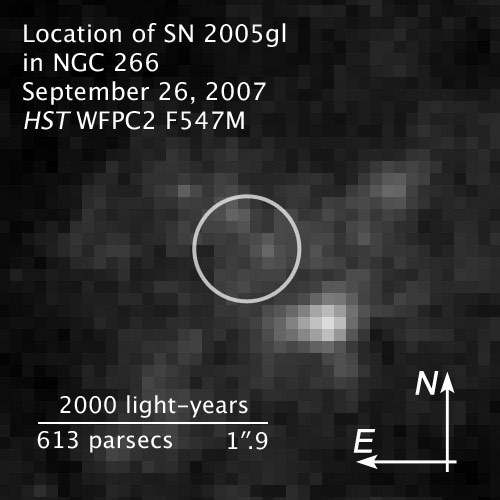
Share
Details
Claire Andreoli
NASA’s Goddard Space Flight Center
Greenbelt, Maryland
claire.andreoli@nasa.gov

